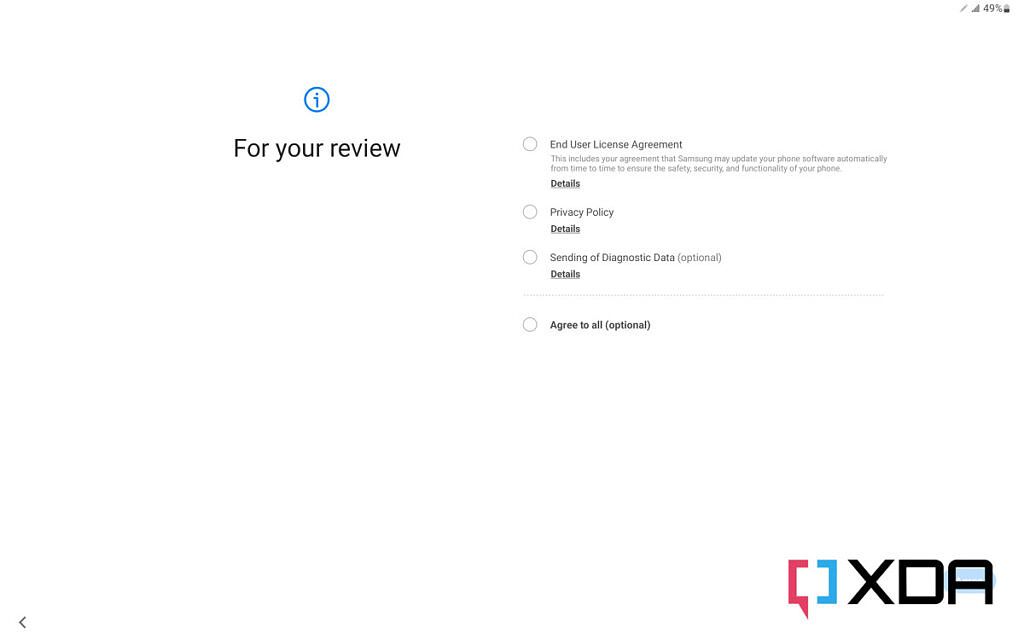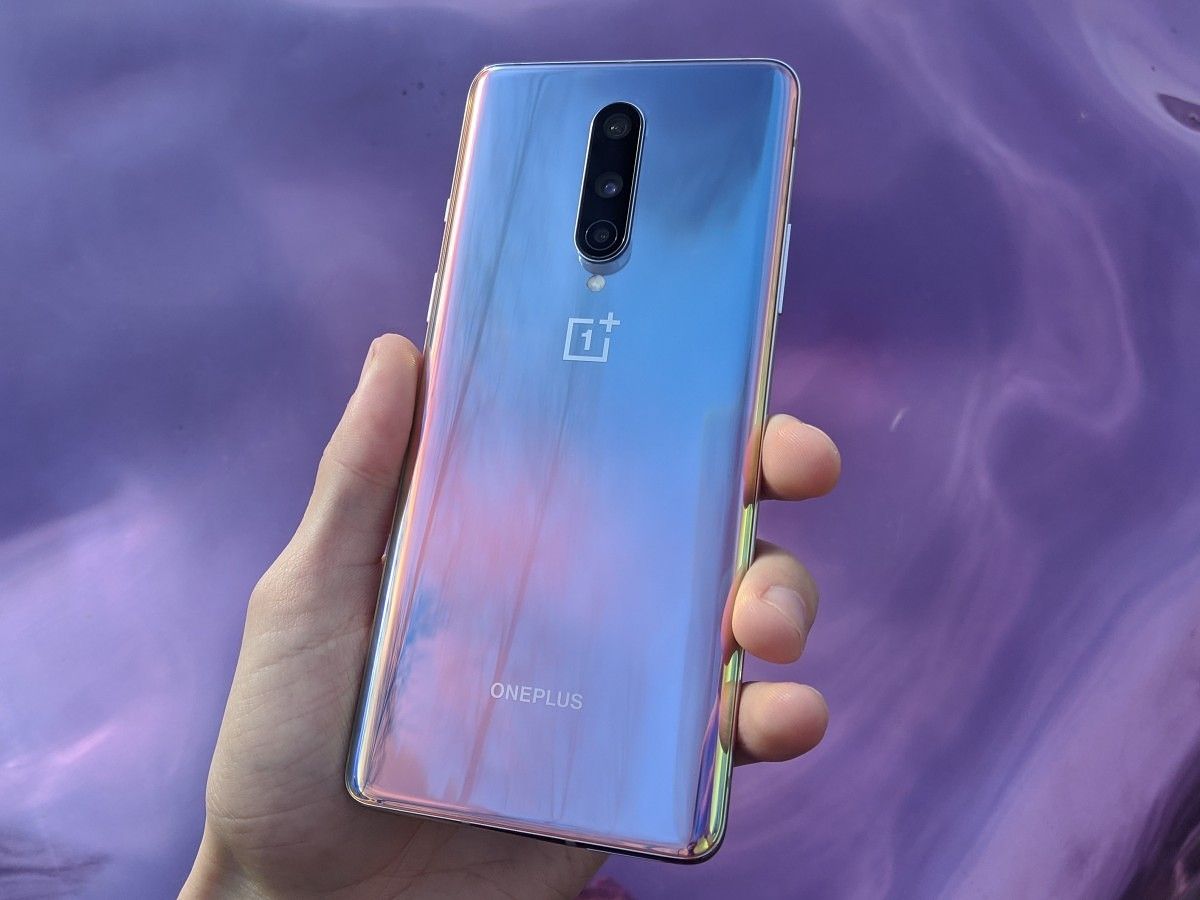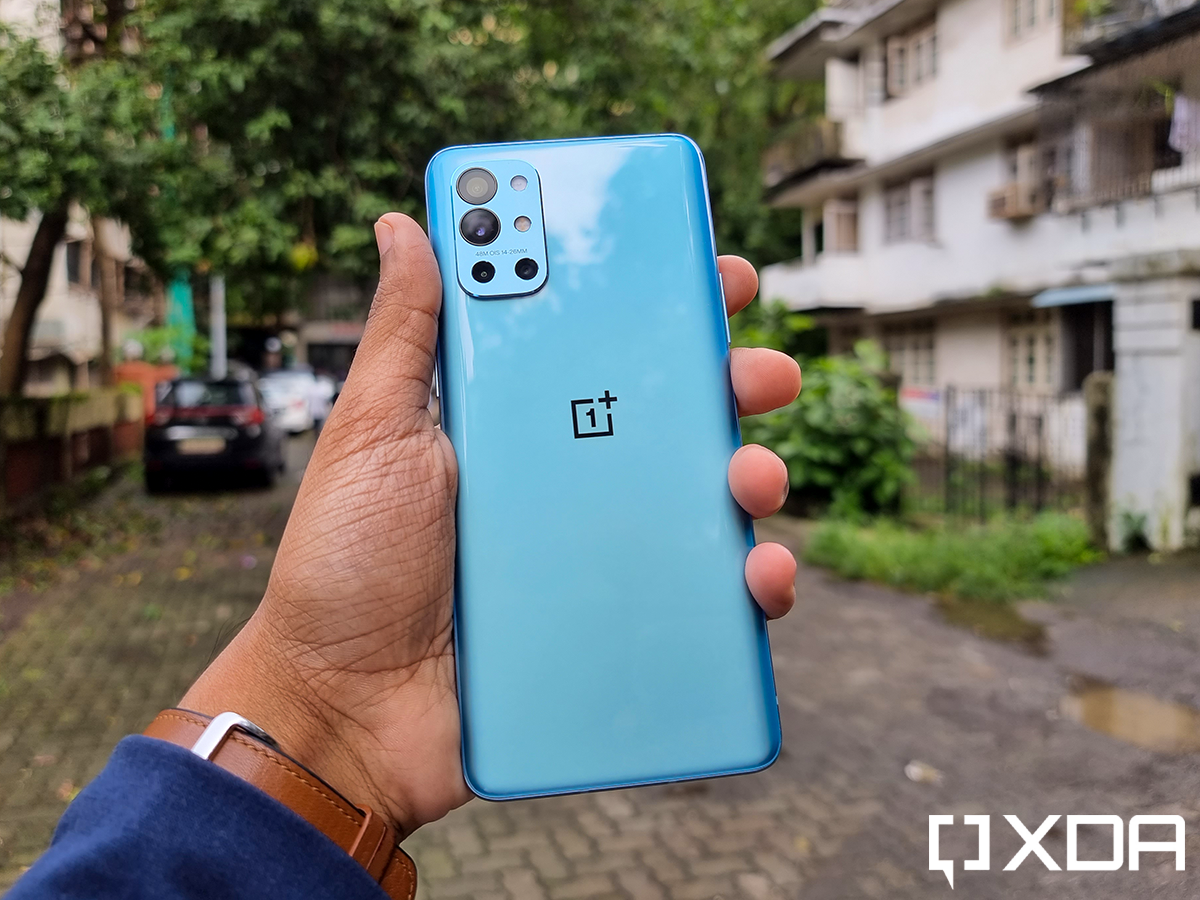Xiaomi is known for many things, but two that are frequent points of discussion here at XDA are “Xiaomi makes the best bang-for-dollar value of anyone” and “Xiaomi’s constant rebranding of existing phones for release under another name is annoying and confusing.” On day one of the Mobile World Congress, the Beijing-headquartered tech giant once again did both, although not directly. POCO announced the POCO X4 Pro, an awesome affordable mid-ranger selling in Europe starting at just €299 (around $335) that offers more features and better components than most $500 phones selling in the US. But the phone is mostly just a rebranding of Xiaomi’s Redmi Note 11 Pro announced for another region last month. By the way, this global version of the Redmi Note 11 Pro also differs from the China version of the Redmi Note 11 Pro. Confused yet?
But anyway, perhaps we at XDA are being nitpicky — we are confused by these rebrandings because we have to keep track of the three dozen Xiaomi devices released each year across multiple regions. But for the average consumer in Europe, they will soon be able to pick up a phone for under €300 that feels like it could pass for a modern flagship. It matters little what the branding label says on the phone as long as the phone can pull its weight. And the POCO X4 Pro does that.

- The POCO X4 Pro brings a large 120Hz OLED screen with a very good 108MP camera for a low price.
POCO X4 Pro: Specifications
| Specification | POCO X4 Pro |
|---|---|
| Build |
|
| Dimensions & Weight |
|
| Display |
|
| SoC |
|
| RAM & Storage |
|
| Battery & Charging |
|
| Security | Side-mounted fingerprint sensor |
| Rear Camera(s) |
|
| Front Camera(s) | 16MP, f/2.4 front-facing camera |
| Port(s) | USB Type-C |
| Audio | Dual Stereo Speakers |
| Connectivity |
|
| Software |
|
| Other Features |
|
A lot of good hardware for just €299
The POCO X4 Pro features a 6.67-inch, 120Hz FHD+ OLED panel with relatively slim bezels and perhaps the smallest hole-punch in the industry. If you are a phone enthusiast and you nitpick, of course, you can see this OLED panel isn’t at the level of, say, a Galaxy S22 Ultra or OPPO Find X5 Pro’s panel. The refresh rate can’t change on-the-fly, brightness gets up to only 700 nits so it’s not as excellent to see under harsh direct sunlight — but to most average consumers who won’t notice these things, this screen looks great. It’s vibrant, offers excellent viewing angles, and looks modern enough.

This front panel is covered by Gorilla Glass 5. Around the back is also a glass panel — but just regular glass — and while I find the black color of my unit a bit dull, there is a coating on here that gives the phone this light streak pattern when light hits it at certain angles. Still, the yellow and the blue models look more eye-catching.
There’s a large camera island up top housing a 108MP main camera, 8MP ultra-wide, and the mostly pointless 2MP macro sensor, along with an LED flash. The main camera performance is really good at this price range, and even quite capable when going against phones way above its price range. In fact, I took some side-by-side shots pitting the main camera of the $335 X4 Pro against the $1,100 Galaxy S22 Ultra, and to be honest, you’d have to zoom in and squint and pixel-peep closely to really identify where Samsung’s image “wins.” I’ll talk more about these samples in the next section.

Inside the phone is a Snapdragon 695 SoC that supports 5G connectivity, a 5,000 mAh battery that can be charged at 67W speeds — and the charger is included in the box — an excellent haptic engine that I want to say is almost flagship phone level, a headphone jack, and even IP53 water splash resistance. I have only used the phone for two days so this isn’t a definitive conclusion on battery, but on both days the phone easily lasted an entire 13-hour day on a single charge.


Like I said earlier, Xiaomi makes the best bang-for-dollar value smartphones. This phone brings clearly superior components than similarly priced devices that sell in the US (where the phone scene is far less competitive) like the OnePlus Nord 200 or Galaxy A42. It is phones like these that make markets like India so much more competitive, so seeing them reach more markets like Europe is always a good thing to have.
The POCO X4 Pro’s main camera can hold its own, but the ultra-wide is just okay
As teased earlier: here are some main camera shots captured by the $335 POCO X4 Pro against the $1,100 Galaxy S22 Ultra. It’s not really a fair comparison to make, but here it is anyway.






You can see the Galaxy S22 Ultra’s shot has better dynamic range, the shadows in the day time shot are more accurate to how the scene looked, and at night, the darkened street on the right side is a better illuminated. But considering Samsung’s flagship costs four times the price, this is a pretty impressive showing from the POCO X4 Pro. As far as the main camera is concerned, you’d have to find a pretty challenging shot like the one below just to finally see a clear win on Samsung’s part.


The POCO X4 Pro’s 108MP sensor with a 1/1.52-inch sensor punches way above its price range. It pulls in light naturally due to the large-ish sensor, so I rarely needed night mode; there’s that shallow depth-of-field that we associate with professional cameras; and the X4 Pro even uses the same 9-in-1 binning technology Samsung uses. Here are more POCO X4 Pro samples.




The ultra-wide sensor is not going to be able to keep up with $1,000+ flagships, as it’s noticeably softer on details and no longer able to pull off strong HDR, but it’s still a pretty good ultra-wide for this price.




Video performance is where the phone shows its $335 price tag roots. Resolution maxes out at 1080p, and there’s no stabilization at all. Any walk and talk videos will look jerky and shaky.
Despite the noticeably smaller hole-punch, the X4 Pro’s selfie camera is fine; it can expose my face properly in low light or against harsh backlight scenes.

The POCO X4 Pro’s hole-punch compared to the Galaxy S22 Ultra’s hole-punch.
Despite the small hole-punch, the selfie camera is solid too, and is able to properly expose my face in low light or against backlight situations.




Unless you regularly will be comparing it with a flagship camera smartphone and pixel peeping for details, the POCO X4 Pro should serve you just fine for your casual photography needs.
The POCO X4 Pro is pretty good as a mid-tier gaming/movie machine too

Gaming or watching videos on the POCO X4 Pro has been enjoyable, considering the large-ish screen that’s also flat, thus making it easier to hold. The Snapdragon 695 SoC and Xiaomi’s liquid cooling system inside kept the phone churning as I leveled up in Max Payne or Modern Combat 5. The latter, did see occasional framerate stutters, but nothing unbearable.
Still on Android 11, however
The POCO X4 Pro runs on MIUI 13 over Android 11. It’s disappointing that this phone did not get the upgrade to Android 12 considering there are Xiaomi phones out there running Android 12 already. But for Xiaomi-based smartphones, the MIUI version is a lot more important than the underlying Android version. We would have still liked to see it based on Android 12, though.
The software experience is fine — if you’ve used a Xiaomi phone in the past couple of years, you will know what to expect. Xiaomi’s UI is colorful and full of whimsical animations, but there are quirks, like the settings page having overly complicated layers. For example, the phone ships with on-screen navigation buttons, and if you want to switch to gesture navigation, you have to find it in “Full Screen Display” part of settings, which is separate from the main “Display” part of settings. If I haven’t used MIUI in a couple of months, it always takes me an extra 20-30 seconds of browsing through settings to make simple changes I do to every Android phone.


A lot of people do like MIUI for all the settings it offers. So if you are used to seeing lots of features and customizations, you should feel at home with MIUI.
Hard to find something better at this price
At ~$335, the POCO X4 Pro punches way above its price range, and anyone on the market for a phone who cannot or does not want to pay more than $400 will have a hard time finding something better than this. The main camera and display in particular are impressive and feel like they belong on a phone costing $600 or above. If Xiaomi has not announced this phone for your region yet, fret not, because as we said, this is just a repackaged Redmi Note 11 Pro, so chances are you can pick up that device instead and get very similar performance.
- The POCO X4 Pro brings a large 120Hz OLED screen with a very good 108MP camera for a low price.
The post POCO X4 Pro Hands-On: Main camera and display punch way above its €299 price appeared first on xda-developers.
from xda-developers https://ift.tt/3gRQiX1
via IFTTT








































